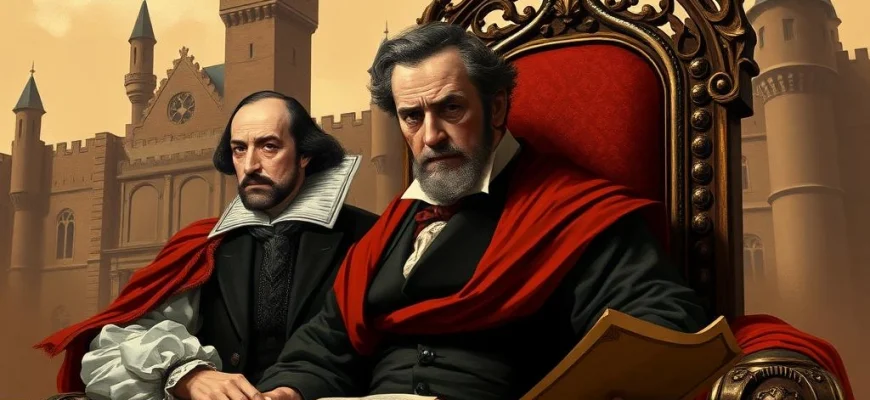If you loved Chimes at Midnight (1965), Orson Welles' masterful adaptation of Shakespeare's works, you're likely craving more films that blend historical drama, rich character studies, and striking visuals. This article explores 10 movies and shows that capture the same essence—whether through Shakespearean themes, medieval intrigue, or Wellesian grandeur. Dive in to discover your next cinematic obsession!

The Passion of Joan of Arc (1928)
Description: A silent film masterpiece that captures the trial and execution of Joan of Arc, emphasizing emotional intensity, religious fervor, and stark visual composition.
Fact: The original negative was destroyed in a fire, and the film was considered lost until a pristine copy was discovered in a Norwegian mental hospital in
 Watch Now
Watch Now 
The Seventh Seal (1957)
Description: A philosophical and existential medieval drama that delves into themes of mortality, faith, and human struggle, with striking visual symbolism and a somber tone.
Fact: The iconic chess game with Death was inspired by medieval church paintings, and the film was shot on a modest budget in Sweden.
 Watch Now
Watch Now 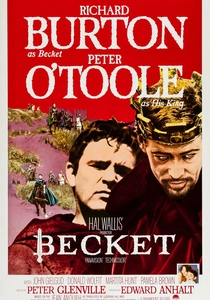
Becket (1964)
Description: A medieval historical drama exploring themes of loyalty, betrayal, and the conflict between church and state, featuring intense performances and period-accurate settings.
Fact: The film was based on a play by Jean Anouilh and was nominated for 12 Academy Awards, winning one for Best Adapted Screenplay.
 Watch Now
Watch Now 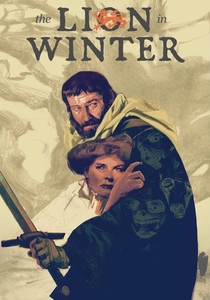
The Lion in Winter (1968)
Description: A historical drama set in medieval times, focusing on political intrigue, familial conflict, and power struggles, with rich dialogue and a Shakespearean tone.
Fact: Katharine Hepburn won her third Academy Award for her role as Eleanor of Aquitaine, and the film was shot entirely on location in Ireland and Wales.
 Watch Now
Watch Now 
Macbeth (1971)
Description: A visceral adaptation of Shakespeare's tragedy, focusing on ambition, guilt, and supernatural elements, with a dark, atmospheric visual style and intense performances.
Fact: The film was shot in remote locations in Scotland and Wales, and director Roman Polanski made it shortly after the tragic murder of his wife, Sharon Tate.
 Watch Now
Watch Now 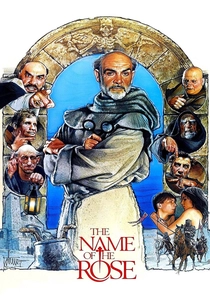
The Name of the Rose (1986)
Description: A medieval mystery thriller set in a monastery, blending intellectual inquiry, religious conflict, and dark intrigue, with a richly detailed historical backdrop.
Fact: The film was adapted from Umberto Eco's bestselling novel, and the monastery set was constructed from scratch in Rome.
 Watch Now
Watch Now 
The Navigator: A Medieval Odyssey (1988)
Description: A unique blend of medieval and modern settings, exploring themes of faith, survival, and cultural clash, with a dreamlike visual style and inventive storytelling.
Fact: The film was shot in both black-and-white (for the medieval sequences) and color (for the modern scenes), creating a striking contrast.
 Watch Now
Watch Now 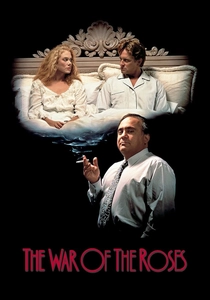
The War of the Roses (1989)
Description: A dark comedy about marital strife and power struggles, with Shakespearean undertones in its portrayal of destructive relationships and tragicomic escalation.
Fact: The film's title is a play on the historical Wars of the Roses, but the story is a modern-day satire of divorce and greed.
 Watch Now
Watch Now 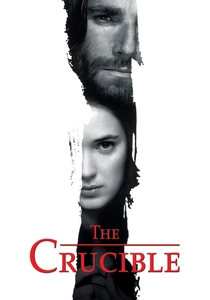
The Crucible (1996)
Description: A historical drama about mass hysteria and moral panic, set in Puritan New England, with themes of power, persecution, and integrity, delivered through powerful performances.
Fact: The film is an adaptation of Arthur Miller's play, which was written as an allegory for McCarthyism during the 1950s.
 Watch Now
Watch Now 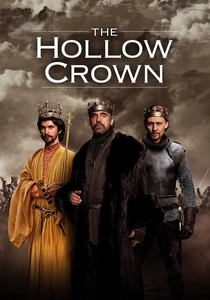
The Hollow Crown (2012)
Description: A series of Shakespearean history plays adapted for television, featuring royal intrigue, battles for power, and rich character studies in a medieval setting.
Fact: The series was produced by the BBC and features an ensemble cast of renowned British actors, including Tom Hiddleston and Benedict Cumberbatch.
 Watch Now
Watch Now 
